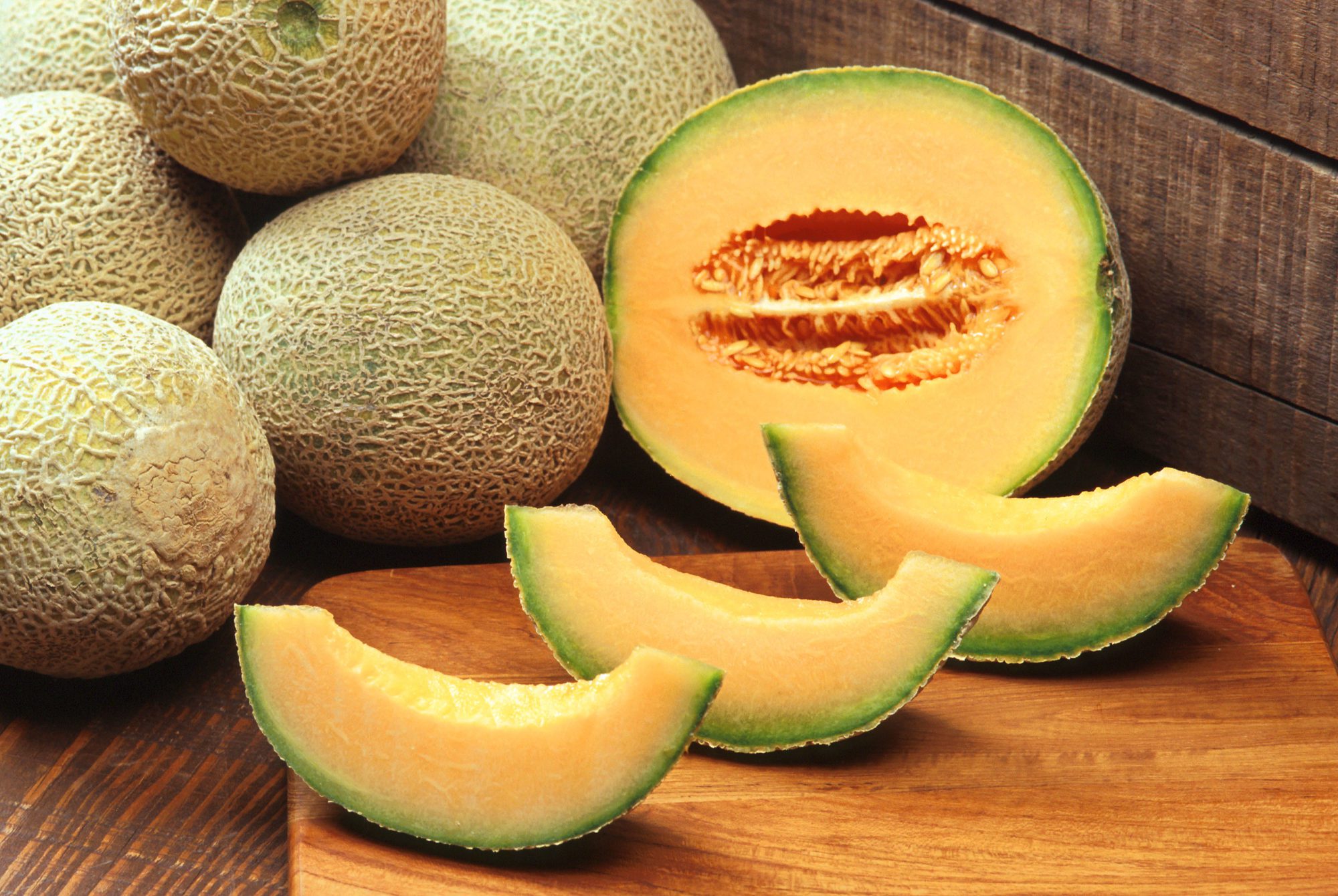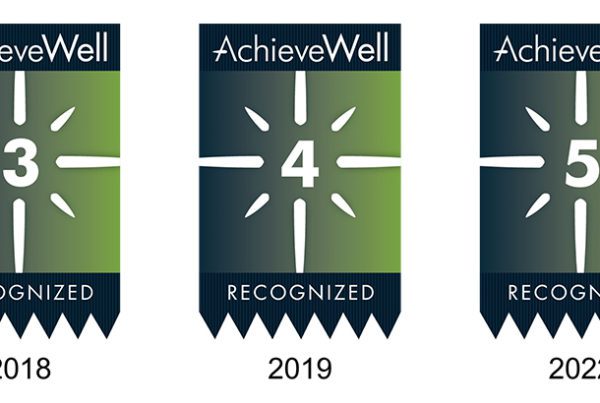
Beautifully orange and sweet, cantaloupe is a great source of vitamin A and C, high in potassium and folate, and is a low carb option. Cantaloupe may help to reduce the risk of metabolic syndrome, a collection of risk factors that increase the risk for cardiovascular disease and diabetes.
The Basics
Selecting a ripe cantaloupe begins by picking it up and feeling its weight. It should feel “heavy.” The outside of the cantaloupe shouldn’t be bruised. You can try tapping the melon, listening for a low or deep sound, indicating ripeness. Or you can look at the softer end of the fruit, the one where the vine had been, and press on that spot. It should not be hard or overly soft but should give slightly when you press it. You can always buy a cantaloupe that is not quite ripe and leave it on your kitchen counter for a couple of days to ripen. Ripe cantaloupes should be stored in the refrigerator for no more than 4 days. Before slicing, wash the outside of the melon so that your knife won’t spread bacteria or dirt from the outside of the fruit to the fruit itself. Once washed, you may slice and enjoy. Cut fruit can be stored in the refrigerator for up to 1 week.
Try This
Cantaloupe and cucumber pair well in a summer salad. Cut cantaloupe into chunks and slice a cucumber. Combine and season with a little salt and pepper. Add chopped basil or mint and toss with a light vinaigrette made with olive oil and white balsamic vinegar or white wine vinegar. This salad is excellent with grilled chicken or pork.
The Facts
One cup of cantaloupe has just a little more than 50 calories and is an excellent source of vitamin A and C and is a very good source of potassium and fiber.




